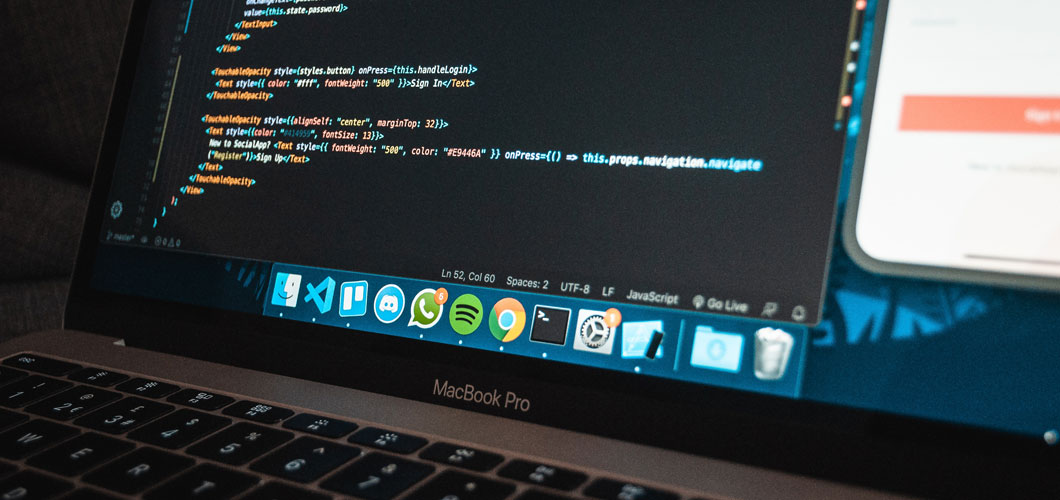Imagine being able to control your computer or other electronic devices with just your thoughts. This may sound like science fiction, but it’s becoming a reality thanks to advances in Brain-Computer Interfaces (BCIs) and Neural Networks.
In this blog post, we will explore what these technologies are, how they work, and the potential they hold for the future of human-computer interaction.
What Are Brain-Computer Interfaces?
Brain-Computer Interfaces (BCIs) are devices that translate brain signals into computer commands. BCIs typically use electroencephalography (EEG) or other sensors to detect electrical signals from the brain. These signals are then processed by a computer algorithm and translated into actions such as moving a cursor or typing a message.
BCIs have a variety of applications, including helping individuals with disabilities interact with their environment. For example, BCIs can be used to control prosthetic limbs or communicate with others without the need for physical movement.
How Do Neural Networks Fit in?
Neural Networks are a subset of machine learning algorithms inspired by the structure and function of the human brain. Neural Networks consist of layers of interconnected nodes that process information and make predictions. By training these networks on large datasets, they can learn to recognize patterns and make accurate predictions on new data.
Neural Networks are a key component of many BCIs, as they can help improve the accuracy and reliability of the signals detected from the brain. By using machine learning techniques to analyze EEG data, for example, Neural Networks can learn to distinguish between different types of brain activity, such as those associated with movement or speech.
Potential Applications
BCIs and Neural Networks have the potential to revolutionize the way we interact with computers and other electronic devices. Here are just a few examples of the potential applications:
- Communication: BCIs could enable individuals with disabilities to communicate with others without the need for physical movement.
- Control of electronic devices: BCIs could allow individuals to control electronic devices such as televisions or computers using only their thoughts.
- Prosthetic limbs: BCIs could be used to control prosthetic limbs, enabling individuals with amputations to perform complex movements.
- Gaming: BCIs could be used to create immersive gaming experiences, where players control characters using only their thoughts.
- Education: BCIs could be used to improve the learning experience for individuals with learning disabilities, by providing personalized feedback based on their brain activity.
- Medical diagnosis: BCIs could be used to detect early signs of neurological disorders such as Alzheimer’s or Parkinson’s disease, enabling earlier treatment and improved outcomes.
Challenges and Ethical Considerations for BCIs
While the potential applications of BCIs and Neural Networks are exciting, there are also several challenges and ethical considerations to consider. One challenge is the accuracy and reliability of the signals detected from the brain. This is particularly important for applications such as prosthetic limbs, where precise movements are necessary.
Another consideration is privacy and data security. BCIs record sensitive information about a person’s brain activity, and this data must be protected from unauthorized access or use.
Finally, there are ethical concerns around the use of BCIs for non-medical purposes. For example, should employers be allowed to use BCIs to monitor employee productivity? Should BCIs be used to create immersive gaming experiences that could potentially be addictive?
Conclusion
Brain-Computer Interfaces and Neural Networks have the potential to revolutionize the way we interact with computers and other electronic devices. From enabling individuals with disabilities to communicate with others, to improving the learning experience for individuals with learning disabilities, the applications are vast.
However, there are also challenges and ethical considerations that must be addressed to ensure that these technologies are used in a responsible and ethical manner.

